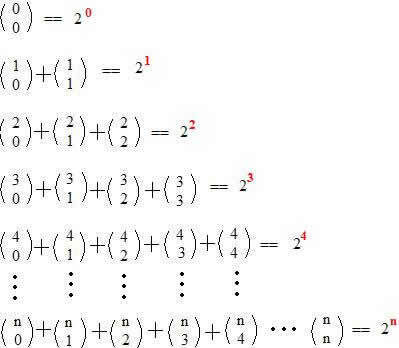Degree of ionization, represented by the letter α (alpha) is defined as the ratio between the number of ionized molecules and the total number of dissolved molecules. Calculation equation:
Let's go to a practical example:
If we dissolve hydrochloric acid (HCl) in water, how many molecules would undergo ionization?
HCl in water undergoes ionization, releasing H+ and Cl- ions.
HCl → H+ + Cl-
If we evaluate 100 molecules of HCl in an aqueous medium, only 92 undergo ionization, that is, the Degree of ionization is 92%.
It is based on this degree of ionization that we can classify an acid as strong, moderate or weak, see the table:

So we have to:
• strong acid: one that ionizes by 50%.
• moderate acid (or semi-strong): degree of ionization greater than 5% and less than 50%.
• weak acid: ionization occurs in only 5% of its molecule.
The classification for HCl, according to the table, is strong acid.
Let's take an example of mild acid. Hydrofluoric acid (HF) ionizes according to the equation:
HF → H+ + F-
This acid is classified as semi-strong because it has less than 50% of its molecules ionized.
By Líria Alves
Graduated in Chemistry
Brazil School Team
See more!
Most common acids in everyday chemistry
Acid nomenclature
Inorganic chemistry - Chemistry - Brazil School
Source: Brazil School - https://brasilescola.uol.com.br/quimica/grau-ionizacao-acidos.htm



